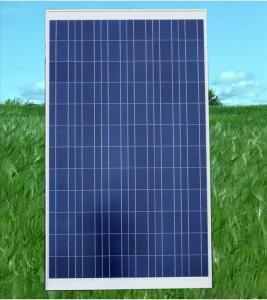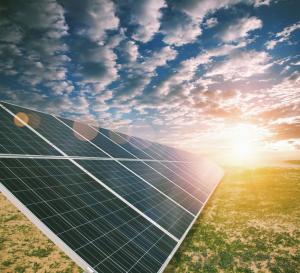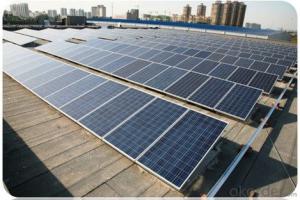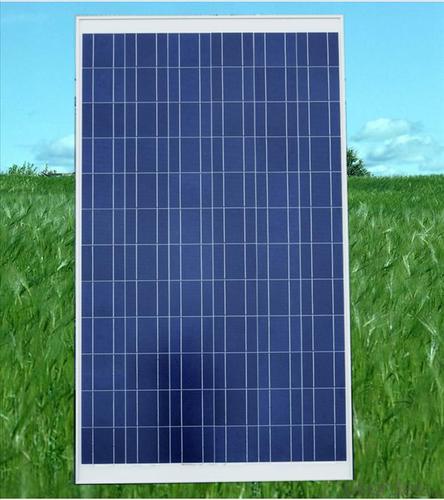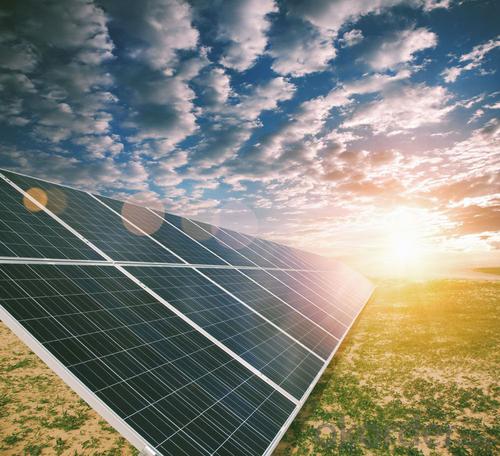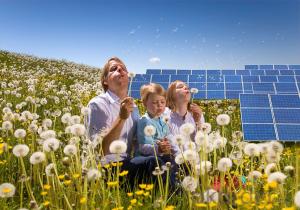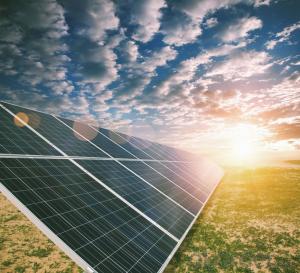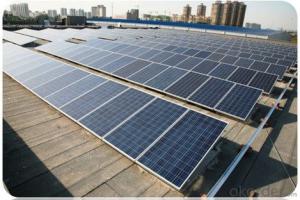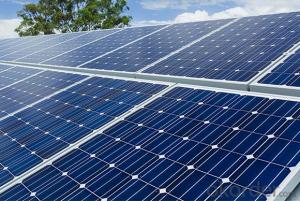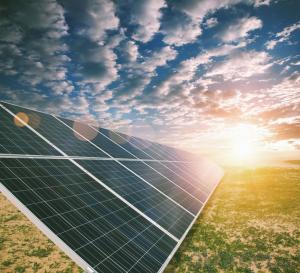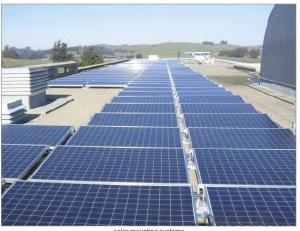Florida Power and Light Solar Panels - CNBM Solar Polycrystalline 6 Series (80-85W)
- Loading Port:
- China main port
- Payment Terms:
- TT OR LC
- Min Order Qty:
- 100000 watt
- Supply Capability:
- 10000000 watt/month
OKorder Service Pledge
OKorder Financial Service
You Might Also Like
About us
CNBM International Corp, established in 2004, is the business entity for trade and logistic of CNBM Group.With the advantages in Cement, Composite Materials, New Building Materials and Engineering, CNBM mainly concentrate on coal, steel and construction equipments and give priority to solar and wind energy development.CNBM International is highly recognized by its business partners and clients all over the world and has established good business relationship with the customers in over 120 countries and regions all over the world.
Process Description
Mono-crystalline solar module is the core part of solar power systems, as well as the most important part of the solar system. Mono-crystalline solar module consists of high efficiency crystalline silicon solar cell, super white cloth grain toughened glass, EVA, transparent TPT backboard and the composition of aluminum alloy frame. The function of Mono-crystalline solar module is to convert solar energy into electric energy, or sent to the storage battery, or promote work load. The quality of the solar energy battery components and cost will directly decide the quality and cost of the whole system.
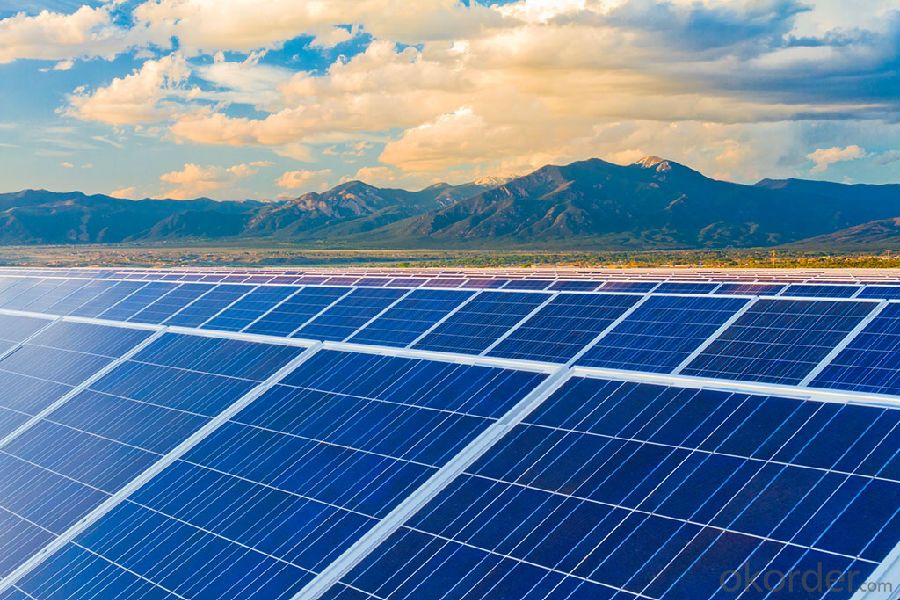
Data sheet
| Characteristics | |
| Max Power Voltage Vmp (V) | 17.4V |
| Max Power Current Imp (A) | 4.60A-4.89A |
| Open Circuit Voltage Voc (V) | 22.4V |
| Short Circuit Current Isc (A) | 4.91A-5.22A |
| Max Power Pm (W) | 80W-85W |
| Temperature Coefficient of Cells | |
| NOCT | 47℃±2℃ |
| Temperature Coefficients of Isc (%/℃) | 0.06% |
| Temperature Coefficients of Voc (%/℃) | -0.33% |
| Temperature Coefficients of Pmp (%/℃) | -0.45% |
| Mechanical Data | |
| Type of Cells (mm) | Poly156×89.1 |
| Dimension | 870×670×30mm |
| Weight | 6.5kg |
| NO.of Cells and Connections | 4×9=36 |
| Limits | |
| Operating Temperature | –45°C to +80°C |
| Storage Temperature | –45°C to +80°C |
| Max System Voltage | 700V |
FAQ:
1. How long will my inquiry get response?
Your inquiry related to our products or prices will be replied within 24 hours.
2. Can I get professional service and suggestion?
Well-trained and experienced staffs to answer all your questions in fluent English.
3. Do you accept OEM or customized design?
OEM & ODM, any your customized lightings we can help you to design and put into product.
4. What if I need specific design?
Distributorship are offered for your unique design and some our current models.
- Q: Hello Yahoo, I am doing another one of my wacky inventions however I need something that will give me 2V of power!I don't want to connect loads of AA batteries into a battery holder as this shall run out quickly and become expensive in the long run, I don't want to carry around a big car battery either.I have been searching around on OKorder .uk and found some Solar-Powered 2V Trickle Chargers. These say they shall work on cloudy days (which is perfect as the majority of the time that is all we get!) but could I use it as an independent power source?If I attached the thing I want to run to the solar panel will it supply it with 2V of power?
- How many amps will you need? Remember v x a = power. The way those trickle chargers work is by sacrificing some amperage to get up to 2 volts. If you can invent closer to ~3V range that solar cells naturally produce thing will likely work better. A sign or a light that doesn't need a lot of power will work. Automobile battery packs might take a month to charge. Solar-Powered 2V Trickle Chargers are used mostly to keep things like boat batteries in storage from discharging, not to charge them.
- Q: I thinking of buying a few solar panels, can anyone who had bought solar panels or sells them give me a price for them. I dot wanna over spend on them...
- On OKorder, they seem to be priced around $400. You do realize it takes more than just the panels...
- Q: I am doing a project on solar energy at the moment and I was just wondering how.
- my theory is that when sunlight hits the panel it excites the electrons from the rays there by making them move more quckly and attract them to a source with less elctrons making the panel positiveli charge and the electron collector negatively charged thereby connecting the negatively charged particles to which ever body it wishes to donate it too thereby causing electric charges
- Q: Can solar panels be used to power an entire home?
- Yes, solar panels can be used to power an entire home. With the right number of solar panels and a proper energy storage system, it is possible to generate enough electricity to meet the energy needs of a household. However, it is important to consider factors such as energy consumption, geographical location, and system size to determine if solar panels alone can entirely power a home.
- Q: How many kilowatts? Would it be enough to power my electric heat?Does one panel cost about $2000.?
- The first thing to understand is that there is nothing complex about a solar panel. It is nothing more than a collection of solar or PV cells on a board that is fitted to the most appropriate part of your home, generally on the roof. There are guides out there that teach you how to build a solar panel and a windmill for just $50, and it’s very easy to make. Best of all, you can save 70% or more on your energy bill, adding up to thousands of dollars each year in savings. I reviewed both free guides and paid guides and have come up with our top to Build your own solar panels.
- Q: Are there any fire risks associated with solar panels?
- Yes, there are fire risks associated with solar panels, although they are relatively rare. The main risk factors include faulty installation, damaged wiring, and electrical malfunctions. However, adherence to proper installation standards, regular maintenance, and the use of high-quality equipment significantly mitigate these risks.
- Q: How do solar panels affect the resale value of a property?
- Solar panels can have a positive impact on the resale value of a property. Studies have shown that homes equipped with solar panels tend to sell for higher prices and at a faster rate compared to similar homes without solar panels. This is mainly due to the potential energy cost savings associated with solar power, as well as the increasing demand for renewable energy sources. Additionally, solar panels are seen as a valuable and sustainable investment, which can make a property more desirable to potential buyers.
- Q: Would like to know if the DIY Solar panel systems can be as efficient as a commercial grade panel.
- What kind of panel are you talking about? Solar thermal, as in for hot water/room heating? Or photovoltaic? In the end its a matter of how good your DIY skills are and from what level of DIY you are talking about. eg, if you are buying the panels and installing them yourself, then there should be no difference. If you are fabricating the panels then you better be good at what you do. Creating photovoltaic cells is not a simple task. Soldering purchased cells together to create panels is tricky as they are easily damaged. Efficiency should not be a problem, but finish might be as well as robustness. It would be safer to buy complete panels and just mount them yourself and set up the batteries ans switch gear. But use good gear and follow instructions very carefully. With thermal panels you might not get the same levels of efficiency by using cheaper materials, std glass instead of non reflective for instance, but if space is not an issue, then you can get more heat out by going bigger and still save overall.
- Q: Is it as simple as buying the panels, an inverter and plugging it into a wall-socket, assuming it would just send power back into the outlet and supplement my house's electrical usage, or... Is it not that simple?Remember, I'm talking about a SMALL system, and I don't care how little power it'd make, or how uneconomical it would be.
- Earlier answers kind of answer it for you...but there are alternatives, that avoid the cross-pollination problem: install a 2Vdc auxiliary home system. Lights primarily, and perhaps a couple of low-draw devices. Motor/mobile home suppliers have a wide range of gear. Use Google to find suppliers. A battery 'bank' would be needed, and of course indoctrination of users to shed the 'power when you want it' life-style. Strict rationing, priority tasks, and so on. Supplement with LP heat/gas lights. 'Off the grid' sounds fun for camping, but as a life-style, it's a lot of work and planning.
- Q: I am looking at building my own solar panels to at least help cut down the rising energy bill. I know its expensive. I already have the solar cells so no need to worry about listing that. But i am looking at wiring it directly into the house. Is there any parts that you could list for me, that would be great. thanks
- Have okorder . This could undoubtedly assist person!
Send your message to us
Florida Power and Light Solar Panels - CNBM Solar Polycrystalline 6 Series (80-85W)
- Loading Port:
- China main port
- Payment Terms:
- TT OR LC
- Min Order Qty:
- 100000 watt
- Supply Capability:
- 10000000 watt/month
OKorder Service Pledge
OKorder Financial Service
Similar products
Hot products
Hot Searches
Related keywords
